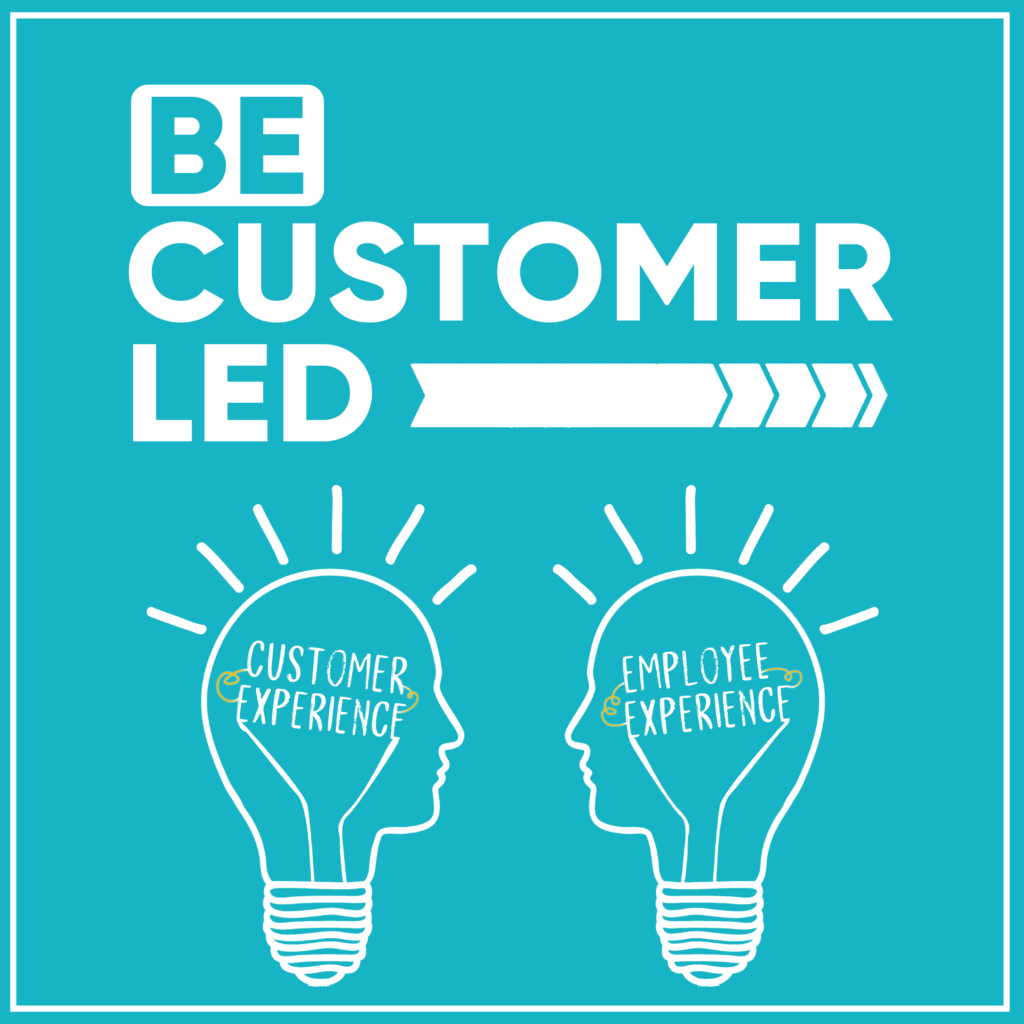Do you have a CX Strategy for your team? A few months back I published the 6 Elements of Customer Experience Strategy, with some guidance on what is included in each. While folks found that valuable, I did receive a lot of questions around how to pull it all together into an actual strategy. Given timing of the year, I wanted to help readers do just that. Read to go?
First, let’s revisit the 6 Elements of CX Strategy:
- Insights: Create a sustainable process to capture insights through the journey(s). And this isn’t just surveys; think about other customer signals in your organization, like buying behavior, customers exiting, transactional data, contact center data, etc. Bring this all together and act on feedback by closing the loop with customers via customer-facing teams.
- Design: Design is defined for your organization, standards are established to ensure consistency across touchpoints and channels, and a methodology to deploy design resources across your organization is also established.
- Enabling Technology: You have a platform that allows you to capture insights and signals from customers through the journey, can be analyzed in the same platform with integrated data (sentiment, behavior, financial, operational), with predictive capabilities so the workforce isn’t trying to figure out what it all means. Users of this platform should include the CX team and any client-facing or operational staff that need it to perform their work. I would also include any Agile / Scrum teams. Hopefully, you’re able to capture Voice of the Employee (VoE) here and can connect it directly to customer data. My recommendation is to not invest in technology that does one thing for you (e.g., surveys vs. analysis, VoE vs. VoC, etc.). There are some platforms out there that truly provide end-to-end capabilities and that hook into your CRM and other tools easily.
- Operations: There are embedded champions in Operations who will give you scale by evangelizing CX as a practice and source of insight. There is also a service recovery process established so when things do fail, everyone involved in the process knows what to do and how to do it. If you want to get really fancy, you’re sharing the Top 10 operational fails with the business so they can be proactive about their service recovery response where possible.
- Data: Ideally, both customer and anonymized employee data is available from a single, golden source. You have Data Architects and Data Scientists actively delivering customer and journey analytics that is created using structured and unstructured data that is aggregated for an end-to-end view of the journey. Finally, your CX goals are clearly defined as OKRs and aligned to business OKRs to measure your own performance.
- Customer-led Culture: At the center of your strategy is culture. Leadership is an active supporter of CX efforts, goals and outcomes. Employees are actively trained up on CX goals and how they relate to the individual’s performance. Employees are empowered to create and deliver the intended CX. Financial incentives are communicated and aligned to CX and business OKRs. The employee journey is fully mapped and understood; there is a Human Centered Design toolkit applied to continuously improve it.
Now that we’ve defined the six elements of a CX Strategy, let’s walk through the process of how to create the strategy.
- Get clear on the company’s overall Vision, Mission & Strategy. Don’t have a Vision or Mission? Go talk to your marketing leader and see if they have anything close. Don’t have a strategy? Go find a new job 😉
- Engage your partners to understand what their expectations are of the CX Team. Assess how the CX Team has been performing and ask where they expect you to support the business in the future.
- Understand what your customers expect from your organization. Just don’t look internally, look outside too. It’s critical to get a 360-degree view in order to execute against the following steps.
- Decide on a long-term or overall aim for the team. Call this is a Vision or Vision Statement. The important thing is that you define a destination somewhere in the future. A good way to think about this is to ask yourself the question: what will all of our efforts result in? The vision statement should align to where your company is going; so answering the question for CX should be in the context of your overall organization.
- Create a Mission Statement for your team as well. Mission statements establish who will do the work, why they will do it, and how you will accomplish your Vision. Similar to vision, your mission statement should be aligned to helping your company achieve it’s long-term goals.
- Identify metrics to determine success. Notice I didn’t use the singular, metric? Think of this in the context of the six elements highlighted above. What are you going to do and how do you know what success looks like?
- Develop an action plan to get there plus the resources needed to deliver against all six elements. Identify owners for each and empower them to execute with the resources needed to be successful.
That’s a lot. I know. But it is a critical step in your planning and ensuring your team has a clear path to deliver and measures for performance. Without a CX Strategy, I don’t think CX Teams can thrive over the long-term and be able to express the value they bring to an organization at scale.
Happy to chat through any of the above. Just DM me. If you have a better way, share it; if we don’t help each other, humanity is lost.
I hope you found this post a little bit helpful, and it helps you get a little bit better every day.

